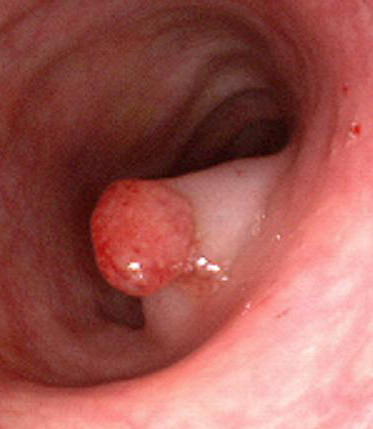george2018-10-11T22:17:56+00:00
Several anal rectal conditions, including fissures, anal fistula, abscesses or irritation and itching (anal pruritus), have similar symptoms and are mistaken for haemorrhoids. Although many people have haemorrhoids, not all experience symptoms. The most common symptom of internal haemorrhoids is bright red blood covering the stool, on toilet paper, or in the toilet bowl. However, an internal haemorrhoid may protrude through the anus outside the body, becoming irritated and painful.
External haemorrhoid symptoms may include painful tumefaction around the anus, resulting pursuant to the formation of a blood clot. This type of haemorrhoid is known as thrombosed external haemorrhoid. Moreover, excessive straining, friction or cleaning around the anus can cause irritation accompanied by bleeding and/or itching, which can lead to a vicious symptom cycle. Mucus drainage can also cause pruritus.
How Frequent Are Haemorrhoids?
Haemorrhoids are frequently encountered in both women and men. Almost half of the population suffers from haemorrhoids around the age of 50. Haemorrhoids are also common among pregnant women. The pressure of the foetus in the abdomen, as well as hormonal changes, cause the haemorrhoidal vessels to enlarge. These vessels are subjected to additional pressure during childbirth. For most women, however, haemorrhoids caused by pregnancy are a temporary problem.
How Are Haemorrhoids Diagnosed?
A thorough evaluation and proper diagnosis by the doctor is important any time bleeding from the rectum or blood in the stool occurs. Bleeding may also be a symptom of other digestive diseases, including colorectal cancer. The doctor will examine the anus and rectum to look for swollen blood vessels that indicate haemorrhoids and will also perform a digital rectal exam with a gloved, lubricated finger to feel for abnormalities.
Closer evaluation of the rectum for haemorrhoids requires an exam with an anoscope, a hollow, lighted tube useful for viewing internal haemorrhoids, or a proctoscope, useful for more completely examining the entire rectum. To rule out other causes of gastrointestinal bleeding, the doctor may examine the rectum and lower colon (sigmoid) with sigmoidoscopy or the entire colon with colonoscopy. Sigmoidoscopy and colonoscopy are diagnostic procedures that also involve the use of lighted, flexible tubes inserted through the rectum.

